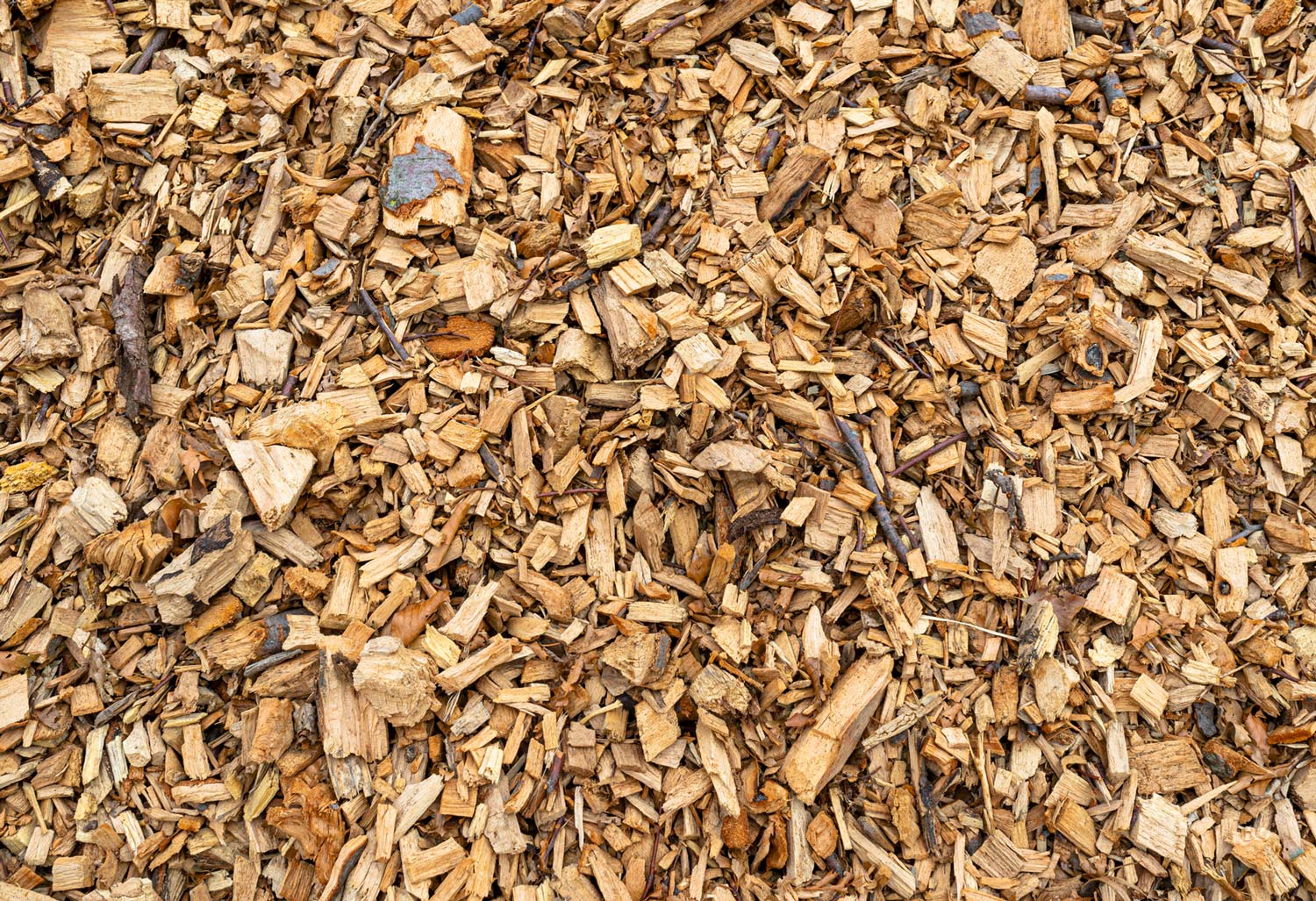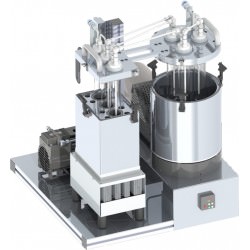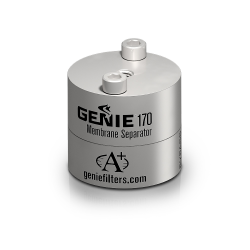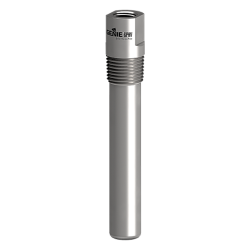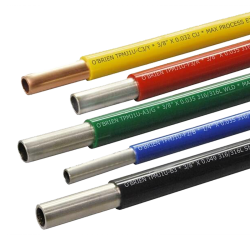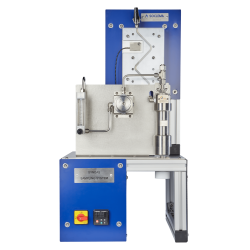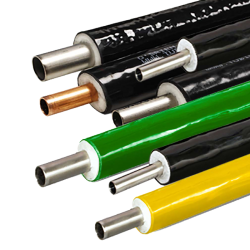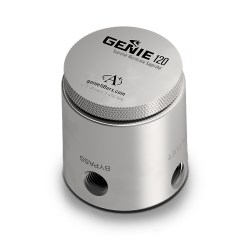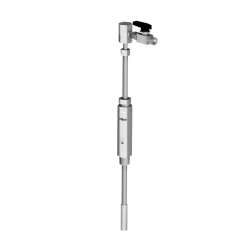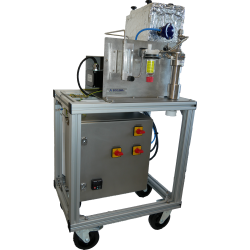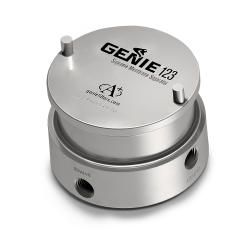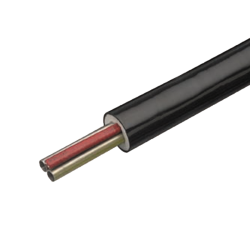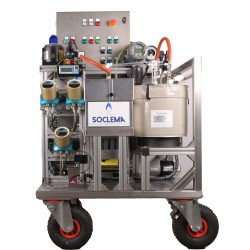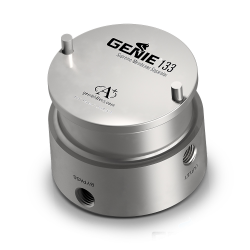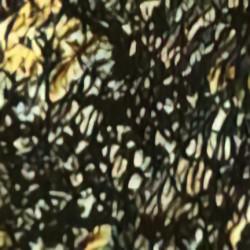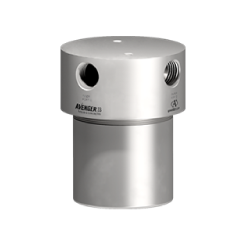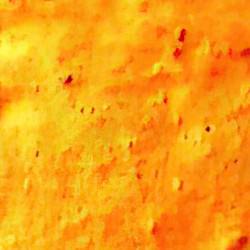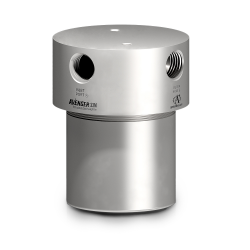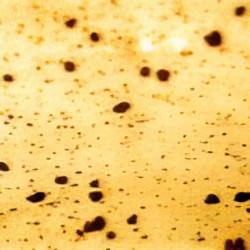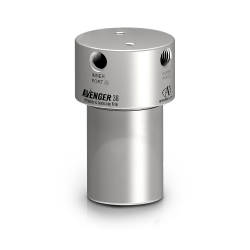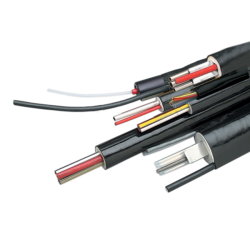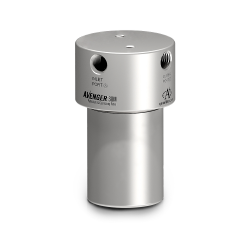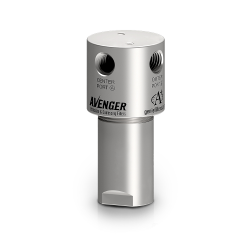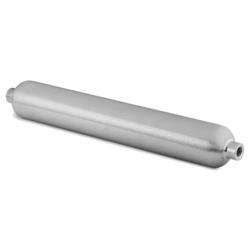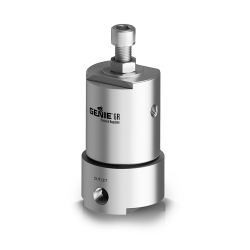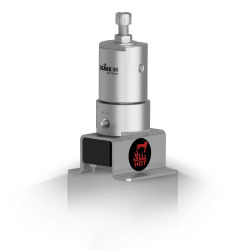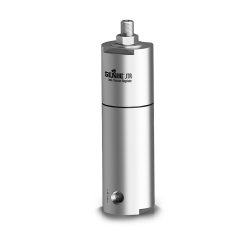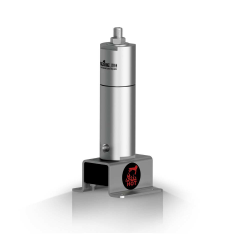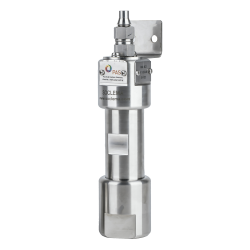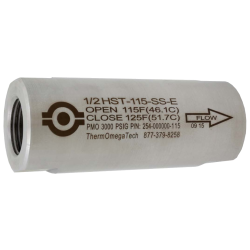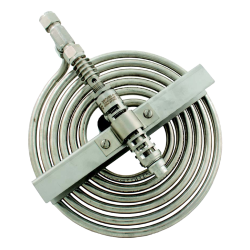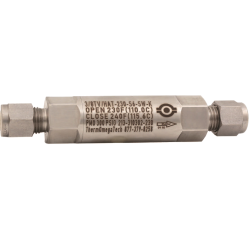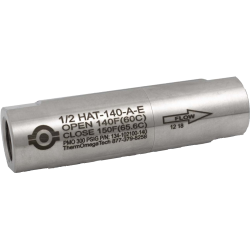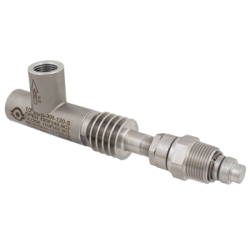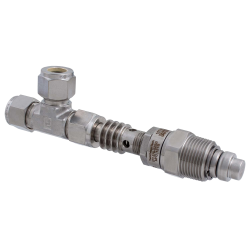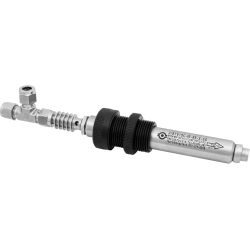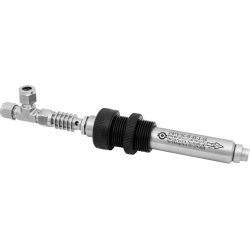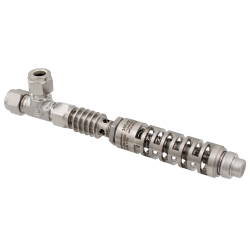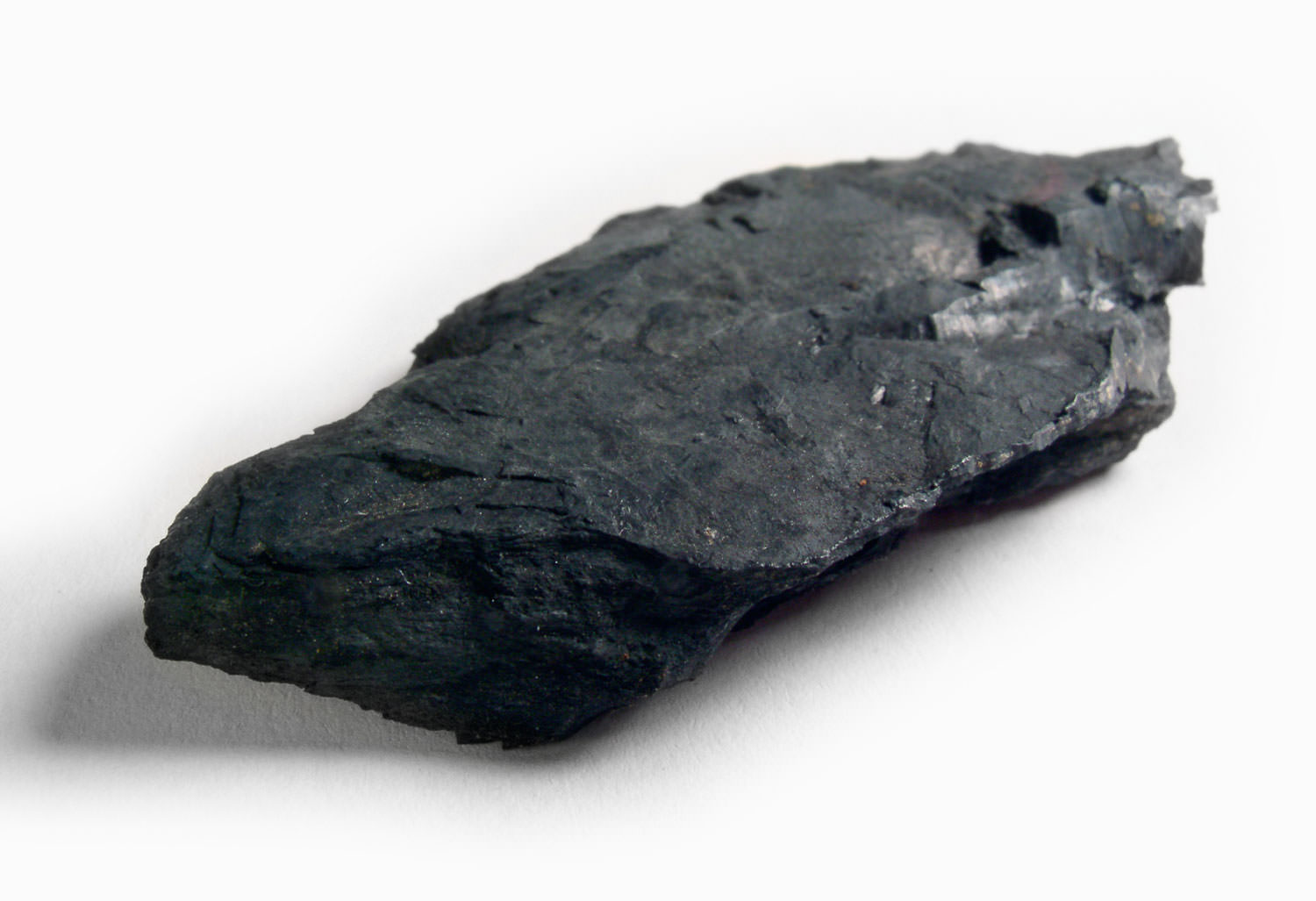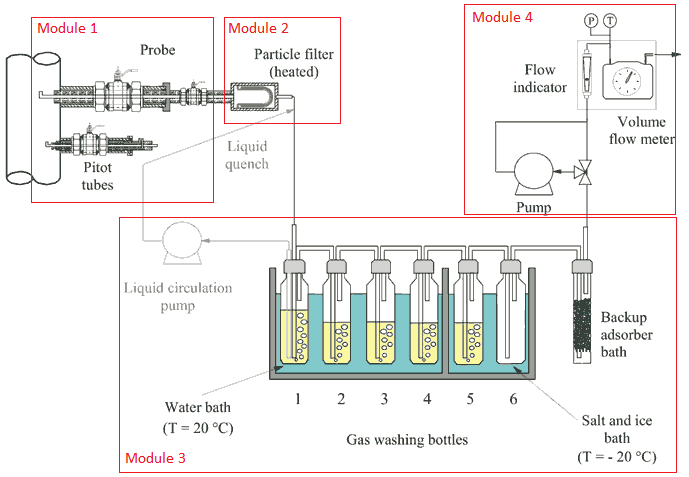Pyrogasification, an efficient energy source that complements methanization
Pyrogasification is one of the 3 processes used to produce biomethane, a non-fossil renewable energy. It's an ancient technique that was once used to produce charcoal. In the 19th century, it was also used to produce "town gas" from hard coal.
Complementary to other renewable energies, pyrogasification is a key component of today's ecological transition. Pyrogasification uses a thermochemical process to transform relatively dry organic residues such as wood and other waste materials into a combustible gas that can be used in a variety of ways. The energy generated by this process can be directly stored and injected into existing networks.
The gas produced by this solid biomass gasification process is called syngas.
Pyrogasification: a 2-stage process:
1- Pyrolysis: thermal decomposition process that produces, under the effect of heat and in the absence of an oxidizing agent :
- solid compounds: char and biochar
- liquid compounds: pyrolysis oils
- gaseous compounds: synthesis gas (a mixture of H2, CO, CO2 and CH4)
2- Gasification: a process which, through complex thermochemical reactions, converts the liquid and solid parts into a combustible gas rich in CO andH2 called "syngas" - Cogeneration allowing the simultaneous recovery of electricity and heat (possibility of significantly improving electrical efficiency compared with a conventional process involving the direct combustion of biomass).
- Direct replacement of natural gas for certain industrial applications such as glass melting
- Production of biomethane (also known as synthetic natural gas) using the methanation process.
